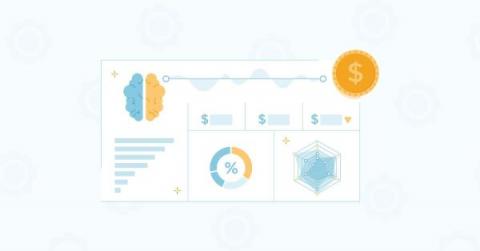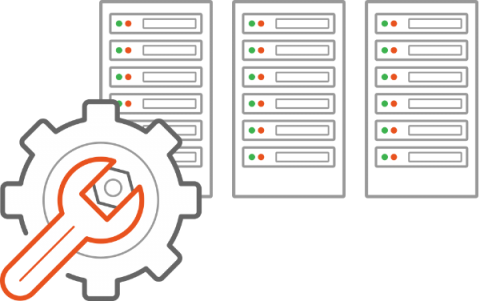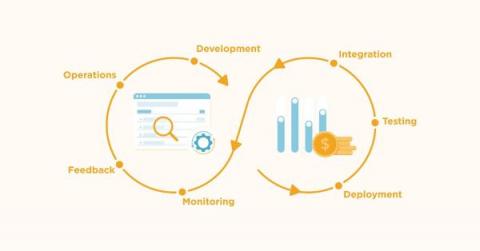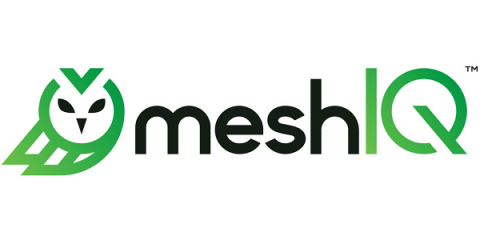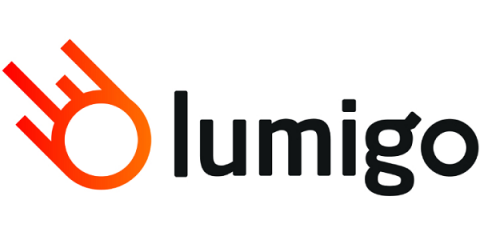Operations | Monitoring | ITSM | DevOps | Cloud
Cloud
The latest News and Information on Cloud monitoring, security and related technologies.
The Silent Digital Transformation Killer
Digital transformation, no matter what form it takes within your organization, is a high-stakes initiative to deliver strategic impact to the business. The cloud is a pivotal enabler to that effort. But there’s a flip side—challenges related to migrating and managing workloads in the cloud can have a negative impact on the success of your transformation efforts.
Life as a Chief Strategy Officer (CSO)
Google “CSO role description” and you will get 9 million results, none of which will sufficiently describe why it has been both challenging and enormously fulfilling for me at Tidal Migrations. Quite simply, a CSO role is uniquely tailored to the company it belongs to. So while Deloitte has this article about the six faces of a CSO, I wanted to share how my role came about and what it means to be a CSO at Tidal.
Logic App Best practices, Tips and Tricks: #10 Fix connectors (or API connections)
The private cloud future: Data centres as a service
Even after the public cloud hype, private clouds remain to be a very essential part of many enterprises’ cloud strategy. Private clouds are simply giving CIOs more control over their budgets, enabling better security and allowing the flexibility to build best of breed IT solutions. So let’s stop here and take a step backwards, why are organisations even investing in their IT?
The 7 DevOps Lifecycle Phases: How To Manage Costs At Each Step
4 Multi-Cloud Misconceptions that Put Organizations at Risk
Shifting to the cloud? Multi-cloud environments enable organizations to expand their computing and storage capacities easily, but that comes with tradeoffs — topping the list: cybersecurity. What makes cloud computing appealing is also a reason to worry. It is easy to access your cloud environment anywhere with internet access, but that also means it’s easy for cybercriminals and digital adversaries to access it.


